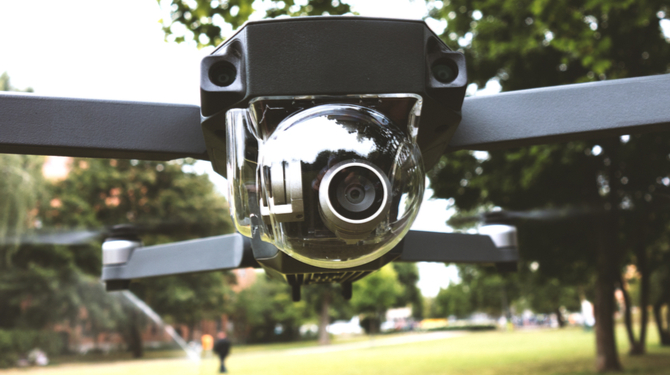The Harm Assessment Risk Tool (HART) has been “trained” by data collected between 2008 and 2012 from Durham police records. 2013 then marked its initial testing phase, with the results of its predictions of suspects monitored over the next two years. Although the accuracy of HART’s predictions was measured, the use of the system did not impact custody sergeants’ decisions.
When HART predicted someone to be at a low risk of offending, it was accurate 98% of the time, while its forecasts for high risks were at 88% accuracy. HART is predisposed to classify someone as a medium or high risk, to err on the side of caution, and these accuracy ratings reflect that.
Offending history, or a lack of it, would make a suspect less likely to be classified as a medium or higher risk, but the severity of the crime for which they were suspected would also have an impact on HART’s decisions, such as murder.
The predicted uses of HART are likely to be when deciding whether to keep a suspect in custody for a few more hours; whether to release them on bail before a charge; or, after a charge has been made, whether to remand them in custody. In the upcoming trial, officers will access the system in a random selection of cases to examine its impact as compared to what happens when it is not employed.
Concerns of bias are likely to be levelled at the system as criticism, as the data used to power HART’s decision making will be vital. Beyond a suspect’s offending history, Durham’s system also includes their postcode and gender, among others. An audit trail, showing how HART came to its decisions should be available for inspection, to ensure full accountability of the system, has been recommended.
References: BBC


.jpg)
.jpg)
.jpg)

.jpg)




.jpg)